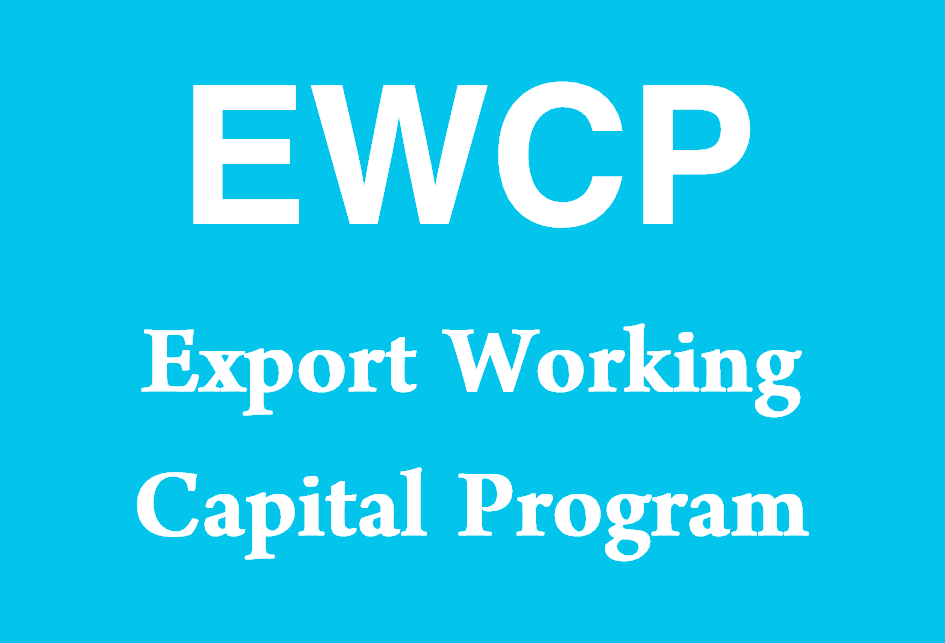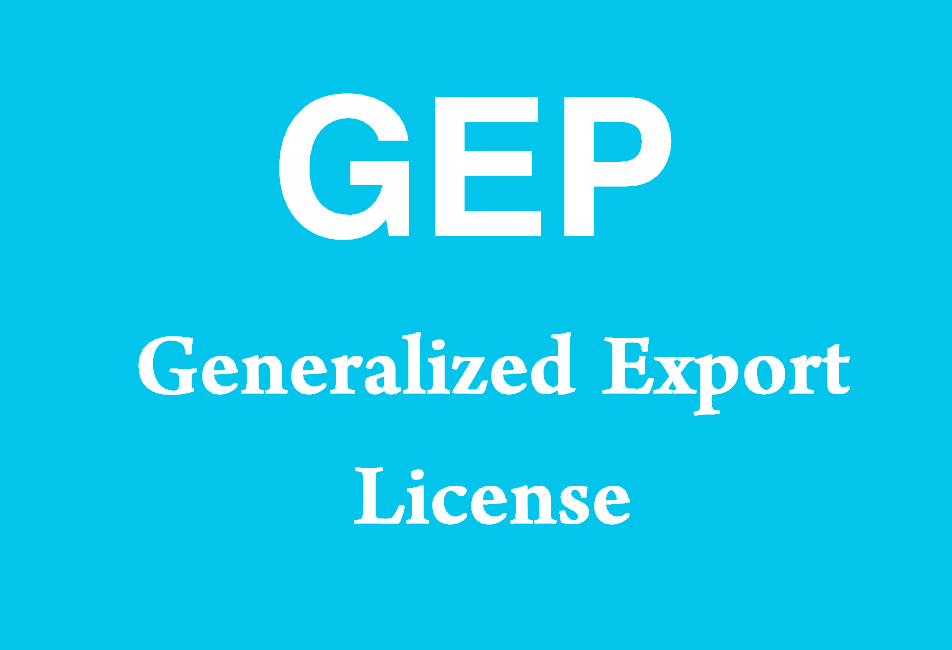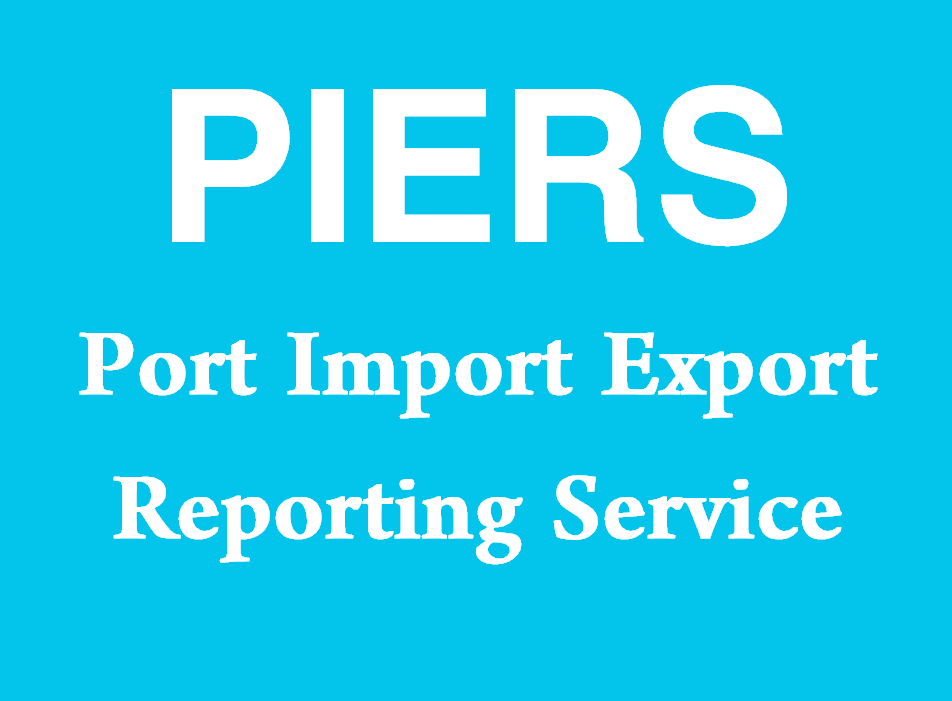As the world’s largest exporter, China plays a central role in the global supply chain, influencing trade practices and international relations. Over recent years, the Chinese government has implemented several policy adjustments to improve its export environment, streamline processes, and safeguard its global trade interests. These developments are not only crucial for the international community but also for businesses that rely on China for sourcing goods, services, and raw materials.
The Shift Towards Digital Trade and E-Commerce
One of the most significant trends in Chinese export policies is the emphasis on digital trade and e-commerce. With the rise of online retail and digital platforms, the Chinese government has adapted its export policies to foster the growth of e-commerce and digital commerce, both domestically and internationally.
E-Commerce Export Policies
China has been promoting the development of cross-border e-commerce as a strategic tool to expand exports. The government has implemented various measures to streamline e-commerce exports and provide businesses with greater access to international markets.
- Cross-Border E-Commerce Pilot Zones: In recent years, China has established several cross-border e-commerce pilot zones in cities such as Shanghai, Hangzhou, and Zhengzhou. These zones serve as testing grounds for new export policies and facilitate the growth of e-commerce businesses by offering tax incentives, simplified customs procedures, and streamlined logistics. Companies operating within these zones can access a more efficient platform for exporting goods to foreign markets, with reduced barriers to entry.
- Simplified Customs Procedures: For small- and medium-sized businesses, navigating the complexities of international shipping and customs regulations can be daunting. The Chinese government has made efforts to simplify the customs process for e-commerce exports, reducing the paperwork and processing time for goods exported via online platforms. Customs procedures have been streamlined, particularly for smaller shipments, allowing for faster clearance and reduced overhead costs.
- Promotion of Online Retail Platforms: As part of China’s export strategy, the government has encouraged domestic e-commerce giants such as Alibaba, JD.com, and Pinduoduo to expand internationally. By leveraging these global platforms, Chinese manufacturers and retailers can access new markets without relying on traditional wholesale distribution channels. This shift also aligns with China’s broader goal of strengthening its digital economy and positioning itself as a global leader in e-commerce.
E-Commerce Export Financing
To further support Chinese e-commerce businesses, export financing programs have been developed to help companies manage cash flow and fund international growth.
- Financial Support for SMEs: The government has introduced financing schemes that enable small and medium-sized enterprises (SMEs) to access working capital to support their international trade activities. These programs offer low-interest loans and subsidies to help businesses scale their e-commerce operations and manage financial risk in the export process.
- Payment Solutions for Cross-Border Transactions: Digital payment solutions like Alipay and WeChat Pay have been integrated into cross-border e-commerce platforms, simplifying the payment process for international transactions. This allows buyers and sellers to conduct business more efficiently, reducing friction and eliminating the need for traditional, slower bank transfers.
Export Control Regulations and National Security
China’s growing economic influence on the global stage has led to the introduction of stricter export control policies aimed at safeguarding its national security and technological interests. These policies are designed to prevent sensitive technologies, military equipment, and intellectual property from falling into the wrong hands.
The Export Control Law of 2020
In December 2020, China enacted its Export Control Law, a landmark piece of legislation that formalizes the country’s stance on controlling the export of sensitive goods, technologies, and services. This law gives the Chinese government greater control over the exportation of strategic materials and products, particularly in industries such as telecommunications, semiconductors, and defense.
- Scope and Objectives: The Export Control Law primarily targets the export of technologies and goods that may pose national security risks or contribute to the military capabilities of foreign adversaries. This includes the export of sensitive items, such as high-tech materials, quantum computing equipment, and artificial intelligence (AI) technologies.
- Impact on Global Supply Chains: The implementation of the Export Control Law has significant implications for businesses engaged in global supply chains, particularly in sectors that rely on cutting-edge technologies. Companies that manufacture or source from China may find themselves subject to new restrictions on the transfer of sensitive products, particularly if those goods are deemed to have military applications.
- Reciprocity Measures: The law allows China to impose retaliatory measures on countries that place restrictions on Chinese exports. This has raised concerns that the law could lead to trade tensions and impact the flow of goods between China and other countries, particularly in the high-tech sector.
Technology Transfer and Intellectual Property Protection
One of the main objectives of China’s export control regulations is to prevent the illegal transfer of intellectual property (IP) and technology to foreign companies that might use it to gain a competitive advantage. This is especially relevant in sectors such as telecommunications, semiconductors, and AI.
- Strengthened IP Protection: China has increasingly tightened IP protections, including regulations governing patents, trademarks, and trade secrets. This is part of a broader effort to ensure that Chinese companies retain control over their innovations and that foreign firms cannot easily access proprietary technologies or designs.
- Technology Licensing and Export Restrictions: To protect national security, the Chinese government has imposed export restrictions on sensitive technologies, particularly in the areas of AI, 5G infrastructure, and semiconductors. Companies that wish to export these technologies must comply with licensing requirements and demonstrate that their products will not compromise China’s security or technological advantage.
Tariff Policies and Trade Agreements
China’s export policies are also influenced by its tariff policies and participation in international trade agreements. As the global trade environment has shifted, China has made strategic decisions to adjust its tariff structures and engage in trade negotiations to protect its export interests and ensure market access.
Trade War and Tariffs
The trade war between the United States and China, which began in 2018, has had a profound impact on China’s export policies. In response to the U.S. tariffs on Chinese goods, China introduced retaliatory tariffs on U.S. products, leading to significant disruptions in global supply chains.
- Impact on Chinese Exports: U.S. tariffs on Chinese goods, particularly in the technology and manufacturing sectors, increased the cost of exports for Chinese companies. This resulted in a decline in the competitiveness of Chinese products in U.S. markets and prompted many companies to seek alternative markets for their goods.
- Diversification of Markets: In response to the trade war, China has sought to diversify its export markets by increasing trade with countries in Asia, Europe, and Africa. Initiatives such as the Belt and Road Initiative (BRI) have been critical in expanding China’s trade reach and reducing its dependence on the U.S. market.
Free Trade Agreements and Regional Partnerships
China has made significant strides in securing free trade agreements (FTAs) and regional partnerships that provide preferential access to foreign markets for Chinese exporters.
- Regional Comprehensive Economic Partnership (RCEP): The RCEP, signed in November 2020, is a trade agreement involving 15 countries across the Asia-Pacific region, including China, Japan, South Korea, Australia, and New Zealand. The agreement aims to lower tariffs, streamline customs procedures, and enhance trade relations between member countries, providing Chinese exporters with greater market access.
- China-EU Trade Relations: China has continued to strengthen its trade relationship with the European Union, signing agreements such as the China-EU Comprehensive Agreement on Investment (CAI) in December 2020. These agreements provide Chinese companies with more opportunities to expand exports to Europe and gain access to the EU market.
- Bilateral Trade Agreements: China has also entered into bilateral trade agreements with countries such as Japan, South Korea, and Brazil to reduce trade barriers, expand market access, and facilitate smoother cross-border trade.
Export Subsidies and Incentives
In line with its export goals, the Chinese government offers various subsidies and incentives to encourage the production and export of key goods and services. These include:
- Export Tax Rebates: China offers tax rebates for certain goods exported from the country, particularly in industries such as textiles, electronics, and machinery. These rebates lower the effective cost of exports and make Chinese products more competitive in international markets.
- Subsidies for Strategic Industries: To support high-tech and strategic industries, China provides subsidies and financial support for research and development (R&D), infrastructure, and production costs. This includes sectors such as AI, robotics, and renewable energy technologies, where China aims to establish itself as a global leader.
Export Licensing and Compliance
China has introduced more stringent regulations regarding export licensing and compliance, particularly for sensitive goods and technologies. Export licenses are required for many goods, and non-compliance can result in penalties, fines, or delays.
The Role of the Ministry of Commerce (MOFCOM)
The Ministry of Commerce (MOFCOM) plays a central role in regulating and overseeing exports from China. MOFCOM is responsible for implementing export controls, issuing export licenses, and ensuring compliance with national and international regulations.
- Export License Requirements: Certain categories of goods, such as military technologies, sensitive materials, and products with dual-use capabilities (i.e., both civilian and military applications), require an export license. Companies seeking to export these products must submit an application to MOFCOM and provide details about the product’s destination and intended use.
- Export Bans and Restrictions: China has also imposed bans and restrictions on the export of certain goods to countries or regions that it deems a threat to its national security. For example, products related to surveillance technologies or military-grade equipment are tightly controlled and cannot be exported without special authorization.
Compliance with International Trade Standards
In addition to domestic regulations, Chinese exporters must comply with international trade standards, including product safety certifications, environmental regulations, and labeling requirements. These regulations help ensure that Chinese products meet the expectations of global buyers and comply with legal requirements in international markets.
- Product Certifications and Standards: Many export markets require Chinese exporters to comply with specific standards, such as CE marking in the European Union, RoHS compliance for electronics, and FDA approval for food and pharmaceuticals. Ensuring that products meet these standards is critical for avoiding delays at customs and ensuring smooth entry into foreign markets.
- Sustainability and Ethical Sourcing: With increasing global awareness of sustainability and ethical sourcing, Chinese exporters are facing growing pressure to meet international environmental and labor standards. Exporters must adopt sustainable production practices and ensure that their supply chains are transparent and ethical to avoid facing trade barriers or reputational damage.
Impact on Global Supply Chains
Recent developments in China’s export policies are having a profound effect on global supply chains, influencing everything from pricing and delivery times to the flow of materials and components.
Disruptions and Trade Shifts
The evolving export policies have caused shifts in the global supply chain as companies look for alternative sourcing options or face disruptions due to tariff changes and export restrictions. Some industries have been particularly impacted, including high-tech sectors like semiconductors, where export controls have limited the supply of critical components.
- Shifting Production Bases: In response to increasing export barriers, many companies are diversifying their supply chains by seeking alternative manufacturing bases outside of China, such as in Southeast Asia or India. This allows businesses to hedge against risks related to tariffs or restrictions.
- Increasing Costs: Tariffs, export control measures, and increased regulatory compliance costs are all contributing to rising production and transportation costs. For businesses relying on Chinese exports, these increased costs can erode profit margins, making it essential to adapt supply chains or explore alternative sourcing options.






